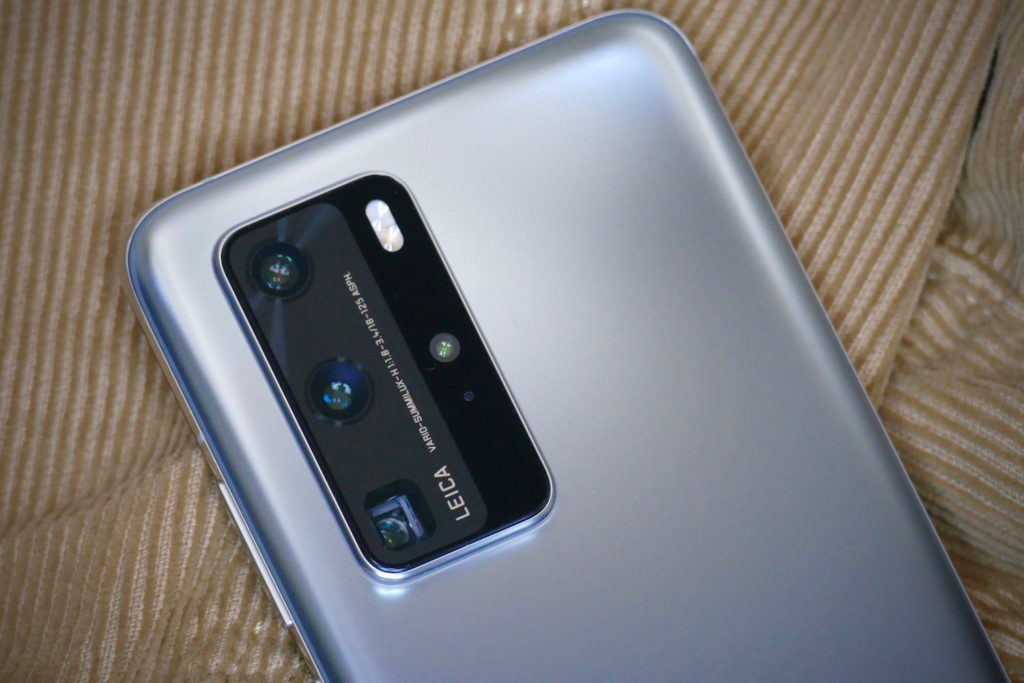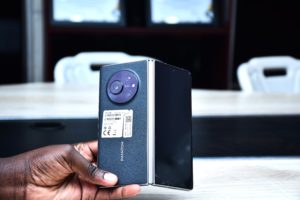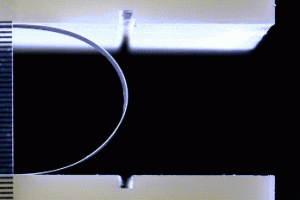It is nearly impossible to find a flagship or even a mid-range budget smartphone that doesn’t come with multiple camera lenses. For context, Samsung’s top of the range Galaxy S20 Ultra comes with three (3) cameras at the back plus a depth sensor. But why does a smartphone need so many lenses? Isn’t one just enough?
Well, you will be glad to know that these lenses are quite different from each other. Their differences make them ideal for taking photos in certain distinct conditions. In this post, we will look at the three most common smartphone lenses, their ideal application, and how they work. Let’s get to it.
Also Read: Why New Smartphones come with Dual Camera
Ultra-Wide Lenses
These are sometimes referred to as ‘Wide-angle Lenses.’ They are ideally suited for capturing landscapes and some types of portrait photos. Do you want to fit more subjects or real-estate in your photos? Or maybe you want to shoot expansive landscapes with immaculate clarity. Then you better switch your camera to the ultra-wide mode.
It is also important to highlight that wide-angle lenses are the most versatile choice of lens. The working behind them is to reduce the aperture so that the field of image increases. When the opening reduces and the field depth increases, the image will grow wider or “pop”. The result is a crisp image foreground and an out-of-focus background.
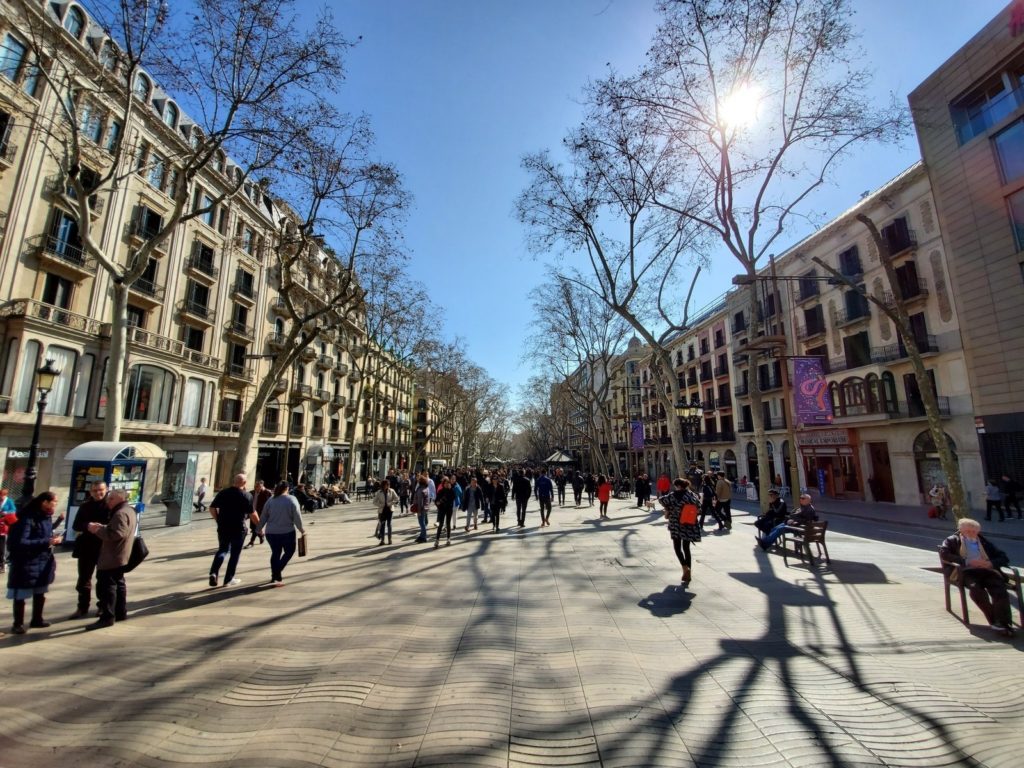
Photo Courtesy of AndroidCentral.com
Wide-angle lenses, however, do have some drawbacks. Camera geeks will tell you that these lenses suffer chromatic aberration and distortion which causes minor discoloration of photo fringes. This is something you can overcome through minor photo editing.
Also, ultra-wide lenses tend to be quite expensive for manufacturers to incorporate into smartphones. But they are also much more useful and adaptable to a variety of situations. On the other hand, telephoto and macro lenses are not as adaptable to other use cases.
Also Read: Dual, Triple and Quadruple Camera – is more, better?
Telephoto Lenses
Telephoto lenses are generally good for sports photography, wild animal photography as well as portrait photography. They are the most convenient choice when the photo subject is far away. Or maybe the photographer needs to be far away for safety reasons. Telephoto lenses basically magnify the content of your frame without having to zoom.
What makes these lenses great for wildlife and sports photography is that photos appear much closer to the camera than they actually are. It’s worth noting that telephoto lenses are not the same as “Zoom lenses.” A zoom lens is one with a useful range of different focal lengths. A typical telephoto lens will have a focal length of about 60mm or more.
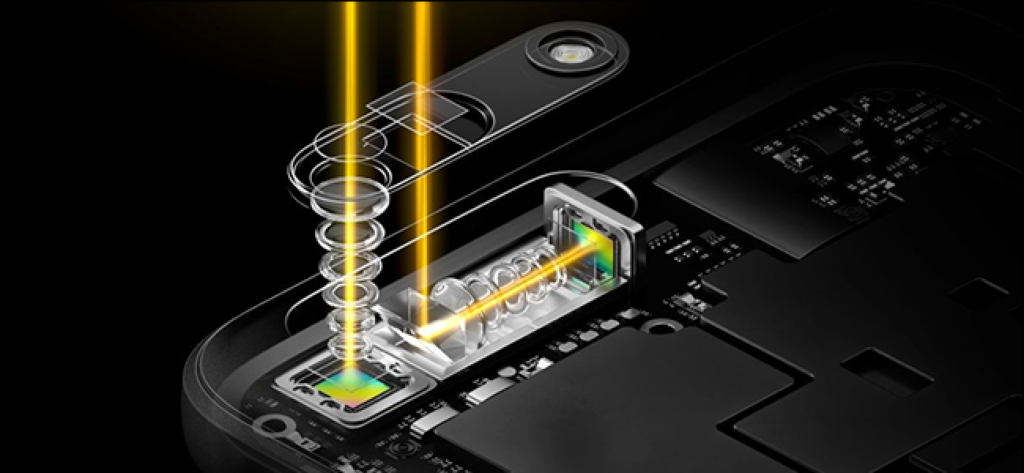
Photo courtesy of HowtoGeek.com
These lenses create an effect where the image background is blurred but the subject is in focus. Essentially, the longer and the wider the lens is, the more of this effect you get. Good telephoto lenses will have focal lengths of above 70mm.
It is important to note that image stabilization is very necessary when it comes to telephoto lenses. To minimize stabilization issues, you can try a smartphone tripod.
Also Read: Check out these Samsung Galaxy Note10+ Camera Samples
Macro Lenses
Macro lenses are perfect for close-up photography. The primary purpose of macro lenses is magnification because they are meant to take photos of very small subjects. One key aspect of macro lenses is the magnification ratio. This tells how the subject’s actual size compares to the image projected on the camera’s sensor.
As an example, a 1:2 lens ratio can project half the size of the subject on the sensor. It is key to note that at close range, the depth of field is minimal. So, how does a macro smartphone lens work? See, instead of being convex like the other lenses, macro lenses are concave. Concave means they are curved inwards.

Photo courtesy of CatersNews.com
One popular trick used by macro photographers is called ‘Focus Stacking.’ This technique combines several photos using different focus distances. This trick produces one image with more of the subject being focused. The utmost important aspect of macro photography is the focus. Your smartphone may also notify you to hold the camera 3-5 cm away from the subject.
To take good macro photos, you should invest in a gimbal or tripod and a source of light. Natural light is ideal but the lens may struggle to get enough light due to the narrow aperture used in macro cameras.
Also Read: What the Cameras on iPhone 11 Pro and Pro Max can do
Discover more from Dignited
Subscribe to get the latest posts sent to your email.


